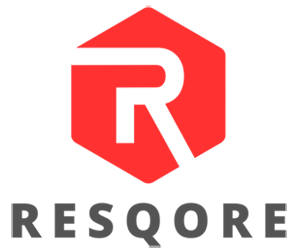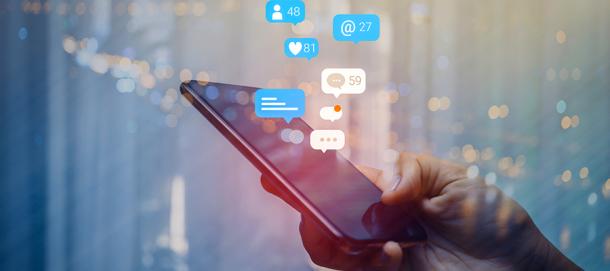In an increasingly connected world, social media platforms have emerged as powerful tools for communication, information dissemination, and community engagement. This article explores the transformative role of social media in disaster preparedness and response, highlighting its capacity to facilitate real-time communication, coordinate relief efforts, and empower individuals and communities to take proactive measures in times of crisis.
Real-Time Information Sharing
Social media platforms such as Twitter, Facebook, and Instagram enable real-time information sharing during disasters. Users can quickly disseminate updates, photos, and videos, providing valuable situational awareness to affected individuals, emergency responders, and the broader community. From wildfire alerts to flood warnings, social media serves as a vital channel for sharing critical information and enhancing public safety.
Crowdsourced Crisis Mapping
Crowdsourced crisis mapping platforms leverage social media data to create dynamic maps that visualize disaster impacts, resource needs, and response activities. Platforms like Ushahidi and OpenStreetMap enable volunteers to contribute information about incidents, infrastructure damage, and humanitarian needs, facilitating more effective decision-making and resource allocation by emergency responders and relief organizations.
Community Engagement and Mobilization
Social media facilitates community engagement and mobilization before, during, and after disasters. Local communities can use platforms like Facebook groups, Nextdoor, and WhatsApp to organize disaster preparedness initiatives, share resources, and coordinate volunteer efforts. Social media campaigns and hashtags also serve as rallying points for raising awareness, fostering solidarity, and mobilizing support for affected communities.
Digital Volunteer Networks
Digital volunteer networks harness the collective power of online communities to support disaster response efforts. Organizations like the Digital Humanitarian Network (DHN) and Standby Task Force (SBTF) recruit volunteers worldwide to analyze social media data, verify information, and provide digital support to humanitarian agencies during emergencies. These networks enable remote volunteers to contribute their skills and expertise in areas such as data analysis, translation, and crisis mapping, augmenting traditional response efforts.
Psychosocial Support and Crisis Counseling
Social media platforms offer channels for psychosocial support and crisis counseling to individuals affected by disasters. Crisis helplines, mental health organizations, and trained volunteers utilize platforms like Facebook Messenger and Twitter Direct Messages to provide emotional support, resources, and referrals to those in distress. Social media also facilitates peer support networks and online communities where individuals can share experiences, coping strategies, and words of encouragement.
Challenges and Ethical Considerations
While social media presents numerous benefits for disaster preparedness and response, it also poses challenges and ethical considerations. Issues such as the spread of misinformation, privacy concerns, and digital divide disparities must be addressed to maximize the effectiveness and equity of social media usage in disaster contexts. Strategies for verifying information, safeguarding privacy, and promoting digital inclusion are essential to harnessing the full potential of social media for disaster resilience.

